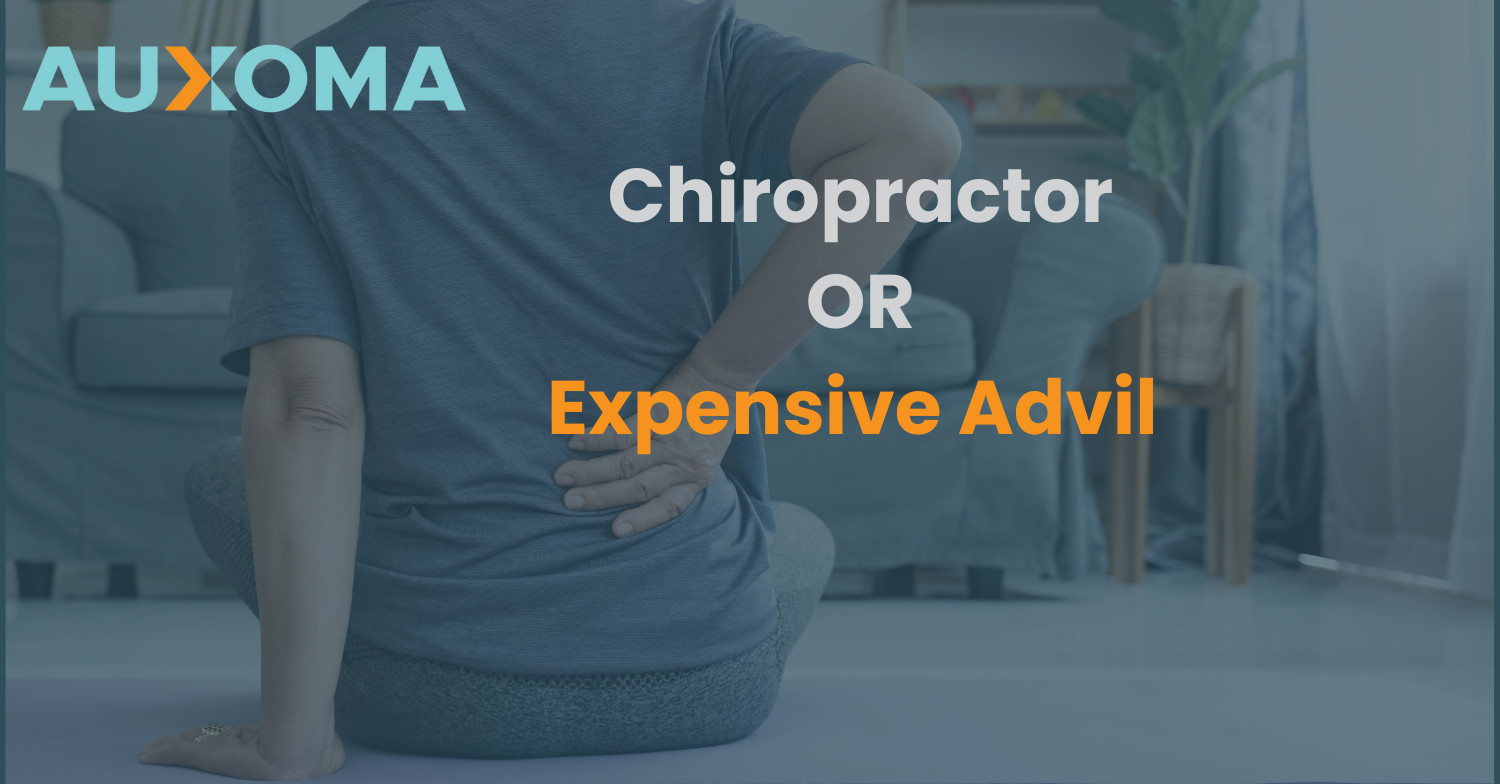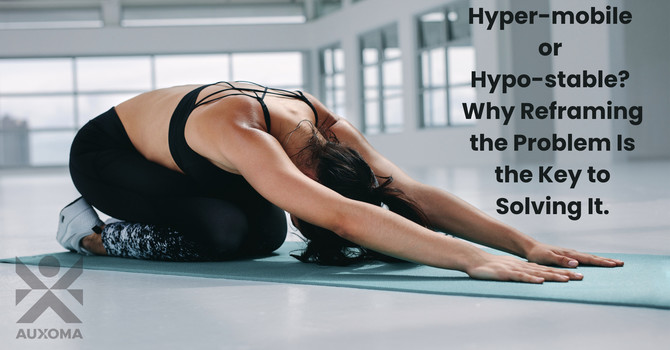
Introduction
Ever feel like you’ve been misled about chiropractic care? If you’re someone who sees a chiropractor every week or month, or if you just go in for quick pain relief, this blog is for you.
Let’s get into it:
The Laws of Movement
-
All movements are created internally.
-
All movements are executed internally.
-
Internal constraints are always the first to overcome.
-
External displays of movement are an expression of our internal function.
These laws are fundamental principles of movement outlined by Functional Range Conditioning.
When we see something wrong externally—like you “slept wrong” or “overdid it” lifting something—that’s a sign of internal dysfunction. In other words, there’s something going on within your body causing this external fault, and the problem most people face is they only chase changes to these external faults. They might get a new pillow or wear a back brace after hurting their back. This is short-sighted and often doubles down on the internal dysfunction, making it worse. This doesn't just stop with back braces or pillows.... We see it with orthotics (external fix), and compression bands that get wrapped around knees and elbows just to name a few others.
See the problem? Your symptoms are being masked, not solved, and thus worsened.
If you're someone interested in learning about another way to take care of these issues, keep reading...
Before we dive into the solution, let's have a quick discussion about:
What Adjustments/Muscle Work Actually Do
Think of your body in layers: skin, fat, muscle, tendon, ligament, joint capsule, and bone.
When we’re adjusting, we’re looking for fixated, or restricted, joints. In school, they told me to feel for either a “block of cheese” (it bounces) or a “block of wood” (it doesn’t). If you’ve got wood, that’s where the restriction is—a sign of an unhealthy joint because it cannot move optimally. This will limit blood flow, synovial fluid flow, and reduce the awareness we have of that area of our body, creating further issues like compensations. (Synovial fluid is fluid in your joints that helps monitor movement. Less movement = less synovial fluid flow, and less awareness, leading to more stiffness).
A common example of this that we see all the time in the clinic is someone with low back pain, having a rigid and stiff mid back, but pain in their lower back. This is a person that will lose feedback from their mid-back due to lack of movement, and need to compensate in their lower back. Now what will happen to this person? They will likely show up to their primary complaining of back pain, get an X-Ray that will inevitably show some damage, and now think they have a lower back problem. When the problem exists in the upper back all along.
To expand on this further, I failed to mention one more layer of the bodies tissues: fascia. Fascia is crucial in relaying the internal environment of the body to the brain to make decisions about how to manage itself physically.
The more restricted a joint, or tight a muscle, the less that areas fascia has tension applied to it, and now we will have a continued loss of awareness and movement of that area—a vicious cycle that creates a repetitive doom loop.
Fascia is incredibly proprioceptive, containing 10x more proprioceptive fibers than muscles do, which means your body’s ability to sense movement relies heavily on it. The less we can move in an area, the less fascia can do it's job as the great communicator, and we will continue to have a problem going undetected... because we will likely feel pain in the area that's being overworked (like the lower back example above).
Back to the chiropractor thing....
When you get adjusted (or have dry needling, scraping, or cupping done), you get a brief window where your body becomes more aware, with less restriction. But if you don’t do the work to retrain your body and habits, the benefits won’t last. It’s like popping an Advil—quick fix, short-lived.
Challenging the “Natural Aging” Myth
To sum this up, I get to break a common myth: feeling tight or stiff isn’t a natural part of aging... bullshit.
It’s a result of moving less and your body adapting to that lifestyle.
Babies are bendy because they move constantly and have full adaptability. As we age, we sit more, play less, and restrict our movement. The stiffness you feel is your body adapting to inactivity, not just getting older.
So, when you get adjusted, or a massage, you're getting your tissues and joints more pliable. That happens because those changes you feel ARE NOT permanent.
So long as you learn to use the new adaptations.
The Takeaway
Our bodies constantly monitor themselves through movement. When movement is limited, awareness decreases, and symptoms show up—tight back, stiff hip, achy joints. You get adjusted (or some muscle work done), feel great... until you don’t.
If you want LONG-TERM relief, you need to learn how to use the tissue you just freed up, strengthen it, and keep moving. It’s not about accepting stiffness as a part of aging; it’s about challenging that belief and moving toward a lifestyle that keeps your body adaptable.
OR, you can fall into the belief that you feel that way because you're getting old.
And older you'll keep on getting.
Move with love, and love to move.

Dr. Justus Kauffman
Contact Me


